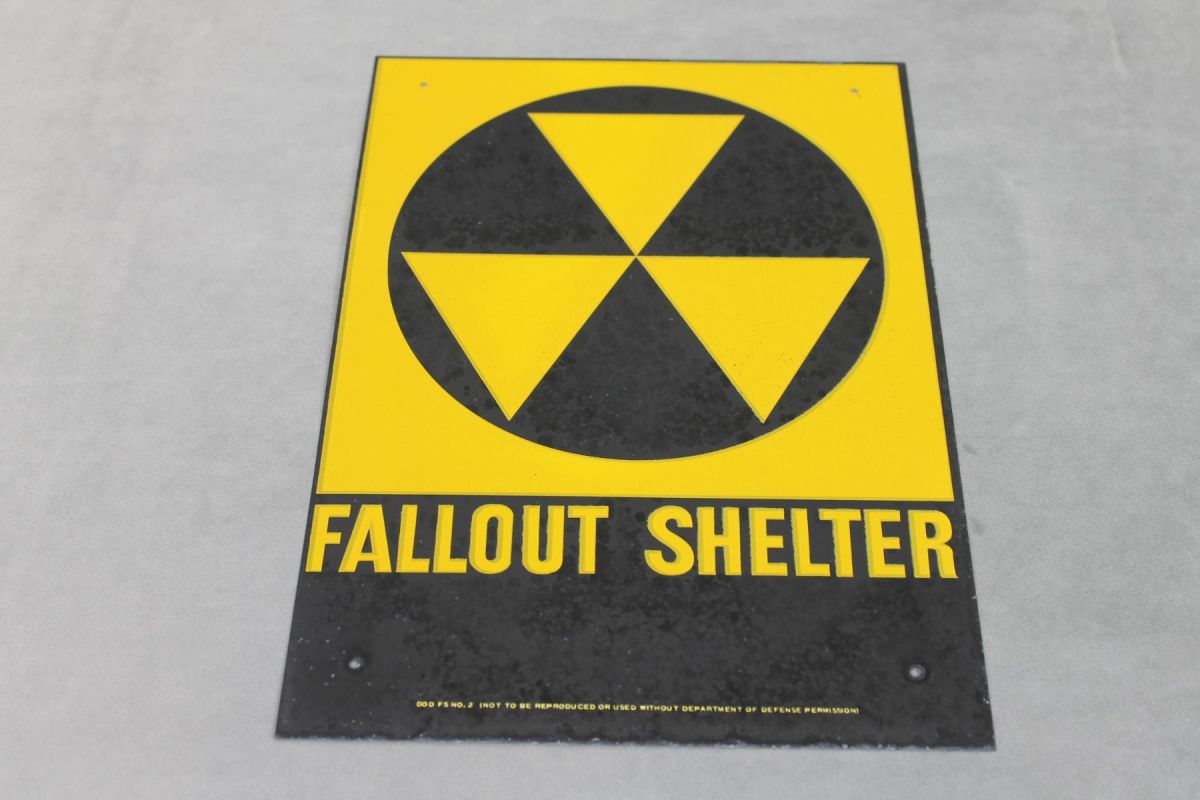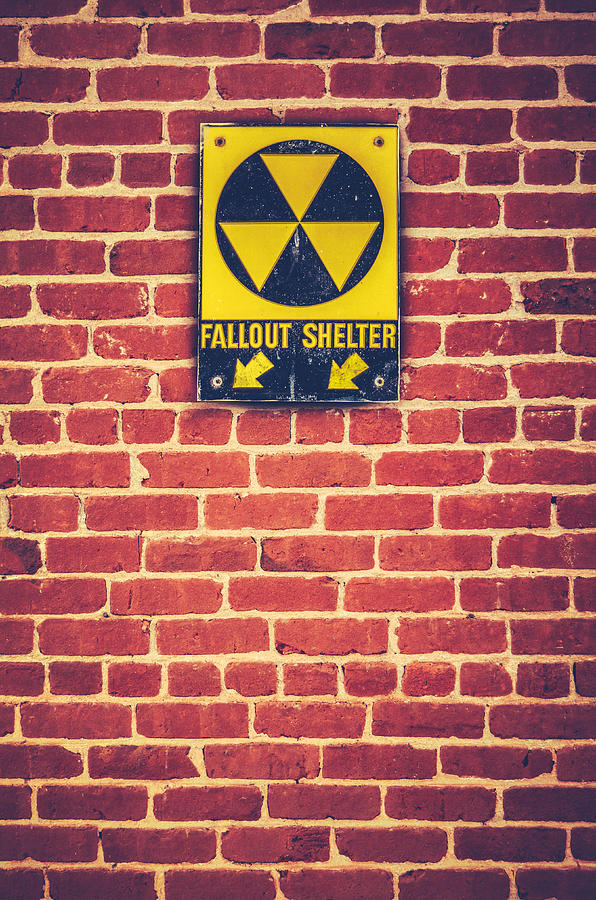

There he told how he was asked to design the signs, how he came up the graphics, got approval, had them manufactured with the help of the company that would become 3M, then watched as they went up on hundreds of thousands of shelters. Still, in the last few years people began asking him about the signs, ever since he was tracked down by Conelrad Adjacent, a Cold War pop-culture blog, in 2011. He did many things in his long life, including witnessing two of the bloodiest battles of World War II and the Korean War.Īnd the fallout shelter signs? Her father put those behind him a long time ago, Carver said. After that, they spent half the year in the city and half in northern Virginia.

Jacksonville was the hometown of his wife Irene, whom he married when he was 81 and she was 80. He was 95.Ĭarver said he lived there for more than three years. 25 at Brookdale Southside, a senior-living community in Jacksonville.

His daughter, Dot Carver, 61, said he was just doing his job, as ordered, and after that one was over he moved on to the next.īlakeley died Oct. Blakeley - everyone called him Bob - designed those iconic emblems of the Cold War (with help from his children) in 1961, as part of his duties at the U.S. When Dot Carver was a girl, she and her brother played a game in the car on long vacation trips with their parents: How many of dad’s signs can we find?Īfter all, they seemed to be everywhere, back then.ĭad’s signs were yell0w-and-black, and each was emblazoned with three upside-down triangles aimed at the ominous words below: “FALLOUT SHELTER.” And each sign had arrows pointing in the direction of a government shelter, where millions of Americans, it was hoped, would ride out a thermonuclear war that in the 1960s seemed an all-too-real possibility.


 0 kommentar(er)
0 kommentar(er)
